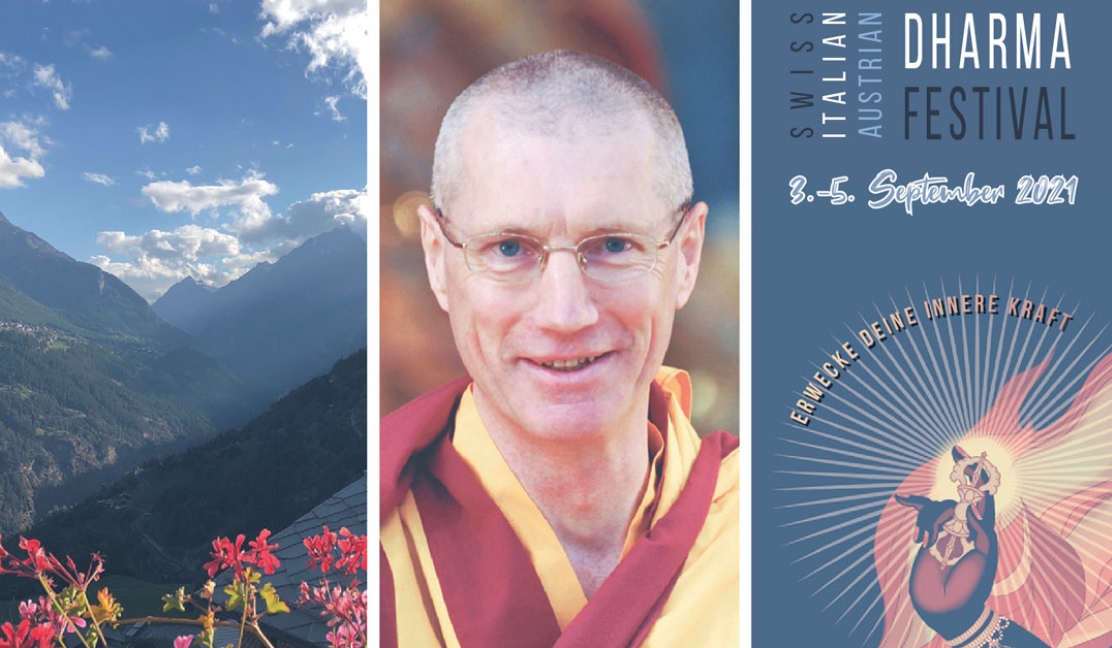How Insentient Beings Expound Dharma
Shohaku Okumura explains the connection between non-sentient beings and buddhanature. The post How Insentient Beings Expound Dharma appeared first on Lions Roar.

Shohaku Okumura explains the connection between non-sentient beings and the concept of buddhanature.

Photo by Jelleke Vanooteghem.
The concept of buddhanature (bussho), as interchangeable with tathagata-garbha (womb or embryo of tathagata; “one who has thus come,” an epithet of the Buddha), arose in Mahayana Buddhism after Nagarujuna (second to third century CE) and before Vasubandhu (fourth to fifth century CE). Sutras from this period are considered middle Mahayana sutras. Before the development of the Mahayana, people generally did not believe they could become buddhas, but some Mahayana Buddhists began to teach that any one of us can become a bodhisattva—a buddha-to-be—if we arouse bodhicitta (awakening mind), take bodhisattva vows, receive bodhi–sattva precepts, and practice the six paramitas (generosity, discipline, patience, exertion, meditation, and wisdom).
However, probably because they observed themselves and the conditions of the samsaric world—in which so many are self-centered, competitive, in conflict, and have hatred for each other—they needed to instill some faith that buddhahood was within reach. Even if the people of the world were deluded, their minds defiled with the three poisons, they could eventually reach buddhahood if they continued to practice the Buddha’s teachings.
They developed the concept of buddha-nature—that is, the pure undefiled mind as the essential self-nature, hidden and covered as it may be thanks to our deluded, discriminative minds. According to those middle Mahayana sutras, buddhanature is permanent, without change, whether in deluded living beings or in enlightened buddhas. It continues to exist, life after life, until buddhahood is reached, no matter how long it might take. Some people criticized this theory, arguing that buddhanature sounded like atman, the permanent self that Shakyamuni had negated.
In India, others argued that all living beings have buddhanature, or that some do, but that especially deluded people, called icchantika, lacked it. In the later part of the Nirvana Sutra (second century CE), it is said that all living beings, without exception, have buddhanature. This idea heavily influenced almost all traditions of Chinese Buddhism. Some Chinese Buddhists, including the ancestors of today’s Zen practitioners, further maintained that not only sentient beings but also nonsentient beings, have buddhanature. We can find an example of this in Nanyan Huichong’s dialogue with a monk from the south, which appeared in volume 28 of the Record of Transmission of the Lamp.
The monk said, “In which scripture is insentient beings’ expounding the Dharma mentioned?”
The Master said, “Haven’t you read in the Flower Ornament Sutra, it is said, ‘Lands expound it, living beings expound it, all beings in the three times expound it.’ Are all living beings sentient?”
The monk asked, “Master, you only say that insentient beings have Buddha nature. What about sentient beings?”
The Master said, “Even insentient beings are thus. Needless to say, about sentient beings.”
Dogen Zenji (1200–1253) respected Nanyan Huizhong and quoted his sayings several times in his Shobogenzo and in dharma discourses from the Eiheikoroku (Dogen’s Extensive Record). He also discussed the koan of Zhauzhou’s dog’s buddhanature (The Gateless Gate, 1) on several occasions. However, Dogen’s understanding about buddhanature is somewhat different from those Chinese Zen masters’. In Shobogenzo Buddha-nature (Bussho), he questioned Chinese Zen masters’ sayings about buddha-nature, noting that the masters had discussed only if sentient beings or/and insentient beings have (u) buddhanature or do not have (mu) buddhanature; they did not express what buddhanature actually is.
In the beginning of Shobogenzo Buddho, he read the famous sentence from the Parinirvana Sutra, “All living beings without exception have buddha-nature,” in a very unique way, as “All living beings, their entire being is buddha-nature.” He’d read the adverb “all without exception have (kotogotoku ari)” as a noun: entire-being (shitsu-u).
He wrote, “I call one wholeness of ‘entire being’ a living being.” This means that buddha-nature is not some kind of metaphysical substance owned by all living beings, but rather that buddhanature is the way of all living beings as they really are; it is the true reality of all beings: impermanence, no-self (nonsubstantial), interconnectedness, and the middle way of neither being nor nonbeing that is emptiness. Buddhanature is never hidden and always functioning. Dogen also said that even insentient beings are expressing the Dharma. Thus all beings express that true reality of all beings.
Other fascicles in Dogen’s Shobogenzo, such as “Nonsentient Beings Expound Dharma (Mujo-seppo),” “Sounds of Valley Stream, Colors of Mountains (Keisei-sanshoku),” and Mountains and Rivers Sutra (Sansuikyo), express his insight that all living beings expound or express the Dharma. He also taught that our practice of just sitting, being free from discriminating mind, is likewise an expression of the Dharma.
On that basis, he could write about all beings, including sentient or insentient
beings, as they are expressing the Dharma.
For example,
In Shobogenzo Plum Blossoms (Baika), Dogen wrote:
“A plum blossom in the snow is the one-time emergence of the udumbara flower. How often do we see our Buddha Tathagata’s true dharma eye, yet miss his wink and fail to smile? Right now, we have authentically transmitted and accepted that the plum blossom in the snow is truly the Tathagata’s eyeball.”

 Koichiko
Koichiko 






























